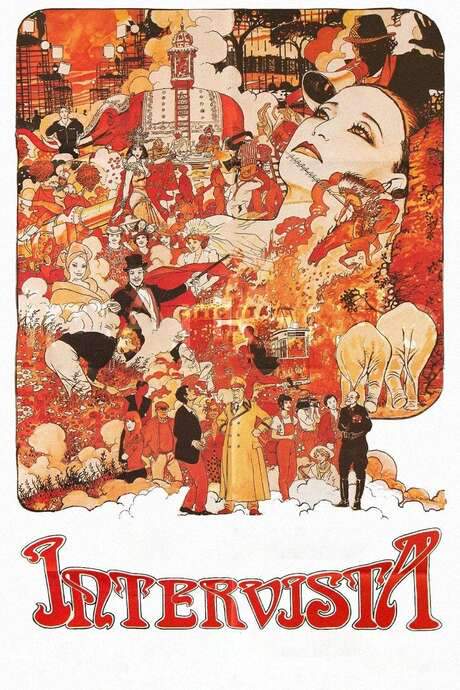Warning: spoilers below!
Haven’t seen Intervista yet? This summary contains major spoilers. Bookmark the page, watch the movie, and come back for the full breakdown. If you're ready, scroll on and relive the story!
Timeline – Intervista (1987)
Trace every key event in Intervista (1987) with our detailed, chronological timeline. Perfect for unpacking nonlinear stories, spotting hidden connections, and understanding how each scene builds toward the film’s climax. Whether you're revisiting or decoding for the first time, this timeline gives you the full picture.
Last Updated: October 09, 2025 at 14:37
Unlock the Full Story of Intervista
Don't stop at just watching — explore Intervista in full detail. From the complete plot summary and scene-by-scene timeline to character breakdowns, thematic analysis, and a deep dive into the ending — every page helps you truly understand what Intervista is all about. Plus, discover what's next after the movie.
Intervista Summary
Read a complete plot summary of Intervista, including all key story points, character arcs, and turning points. This in-depth recap is ideal for understanding the narrative structure or reviewing what happened in the movie.




